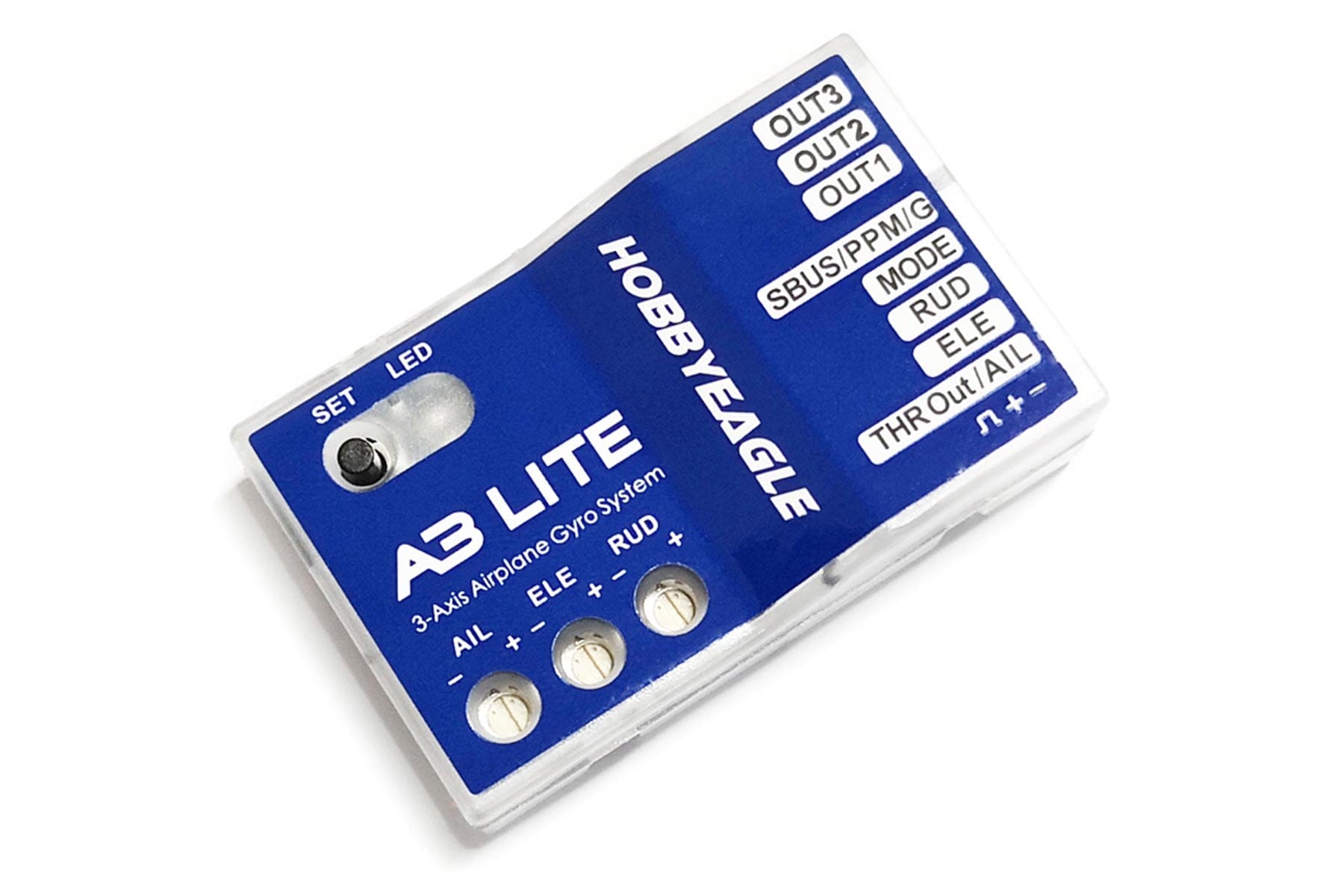Hello,
I'm fairly new to RC aircraft. I have a Spektrum DX8e transmitter and one airplane that has a lot of up elevator when transmitter is bound to it. How do I adjust the travel of the DX8e?
Thanks,
Lou
I'm fairly new to RC aircraft. I have a Spektrum DX8e transmitter and one airplane that has a lot of up elevator when transmitter is bound to it. How do I adjust the travel of the DX8e?
Thanks,
Lou







Comment